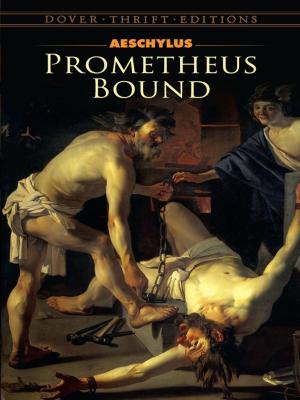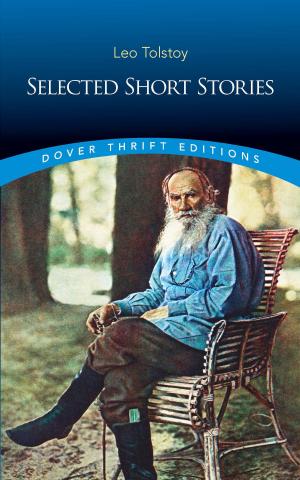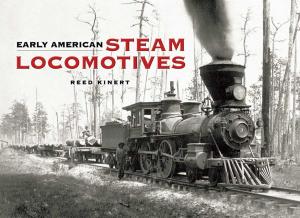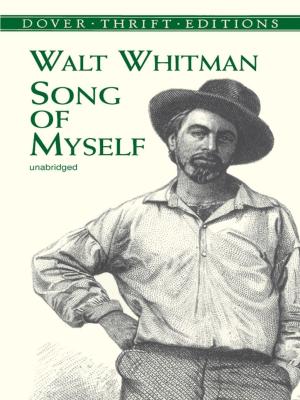| Author: | Pierre Louis Duchartre | ISBN: | 9780486138527 |
| Publisher: | Dover Publications | Publication: | November 16, 2012 |
| Imprint: | Dover Publications | Language: | English |
| Author: | Pierre Louis Duchartre |
| ISBN: | 9780486138527 |
| Publisher: | Dover Publications |
| Publication: | November 16, 2012 |
| Imprint: | Dover Publications |
| Language: | English |
The roots of the Italian commedia dell’arte stretch back to the Atellanae Fabulae, popular farces of ancient Rome. Modern descendants can be found in the antics of a comic like Charles Chaplin. But as an institution it was unique — a perfected theater of improvisation where gifted actors created some of the most memorable characters the theatre has ever seen. It was from this enchanting world that Harlequin and Punch, the Doctor and the Captain, Pantaloon and Brighella emerged to reign over Europe for three centuries. Writers, composers, and painters have drawn inspiration from the commedia; its influence is obvious in the work of Lope de Vega, the English Elizabethan dramatists, Moliére, Callot, Watteau, Cézanne, and Picasso.
One of the most important books written on this aspect of theatrical history is this famous study. Tracing the beginnings, growth, and influence of the commedia dell’arte, Duchartre describes the improvisations, staging, masks, scenarios, acting troupes, and characters that made up this special form of theater. Unfortunately, the English translation that appeared in 1929 has been out of print for decades, leaving scholars and theater lovers without a valuable source. This republication brings Duchartre’s account back into print, illustrated with the more than 200 drawings and photographs it originally contained, plus a new pictorial supplement containing 35 plates from the Recueil Fossard, a rare collection of sixteenth-century engravings, and eight plates from Compositions de rhétorique de M. don Arlequin, which gives a view of Harlequin during the Renaissance.
Here are some of the reviews this book originally received: “A scrupulously studious work, and a sympathetic one … valuable sourcebook.” — Bookmarks. “Exhaustive and scholarly but hilariously entertaining treatment.” — Christian Century. “The author has gleaned from every source well-ordered information which makes this volume a complete seismographic record of one of the greatest eruptions of the comic spirit in all times.” — Saturday Review of Literature.
This republication is sure to be no less well received. It has already merited an enthusiastic response from Eric Bentley: “A very important standard work. Its unavailability of recent years — of recent decades — has been a calamity for all who work in the field. Its reappearance will make a big difference. Dover has earned the gratitude of a whole profession.”
The roots of the Italian commedia dell’arte stretch back to the Atellanae Fabulae, popular farces of ancient Rome. Modern descendants can be found in the antics of a comic like Charles Chaplin. But as an institution it was unique — a perfected theater of improvisation where gifted actors created some of the most memorable characters the theatre has ever seen. It was from this enchanting world that Harlequin and Punch, the Doctor and the Captain, Pantaloon and Brighella emerged to reign over Europe for three centuries. Writers, composers, and painters have drawn inspiration from the commedia; its influence is obvious in the work of Lope de Vega, the English Elizabethan dramatists, Moliére, Callot, Watteau, Cézanne, and Picasso.
One of the most important books written on this aspect of theatrical history is this famous study. Tracing the beginnings, growth, and influence of the commedia dell’arte, Duchartre describes the improvisations, staging, masks, scenarios, acting troupes, and characters that made up this special form of theater. Unfortunately, the English translation that appeared in 1929 has been out of print for decades, leaving scholars and theater lovers without a valuable source. This republication brings Duchartre’s account back into print, illustrated with the more than 200 drawings and photographs it originally contained, plus a new pictorial supplement containing 35 plates from the Recueil Fossard, a rare collection of sixteenth-century engravings, and eight plates from Compositions de rhétorique de M. don Arlequin, which gives a view of Harlequin during the Renaissance.
Here are some of the reviews this book originally received: “A scrupulously studious work, and a sympathetic one … valuable sourcebook.” — Bookmarks. “Exhaustive and scholarly but hilariously entertaining treatment.” — Christian Century. “The author has gleaned from every source well-ordered information which makes this volume a complete seismographic record of one of the greatest eruptions of the comic spirit in all times.” — Saturday Review of Literature.
This republication is sure to be no less well received. It has already merited an enthusiastic response from Eric Bentley: “A very important standard work. Its unavailability of recent years — of recent decades — has been a calamity for all who work in the field. Its reappearance will make a big difference. Dover has earned the gratitude of a whole profession.”















